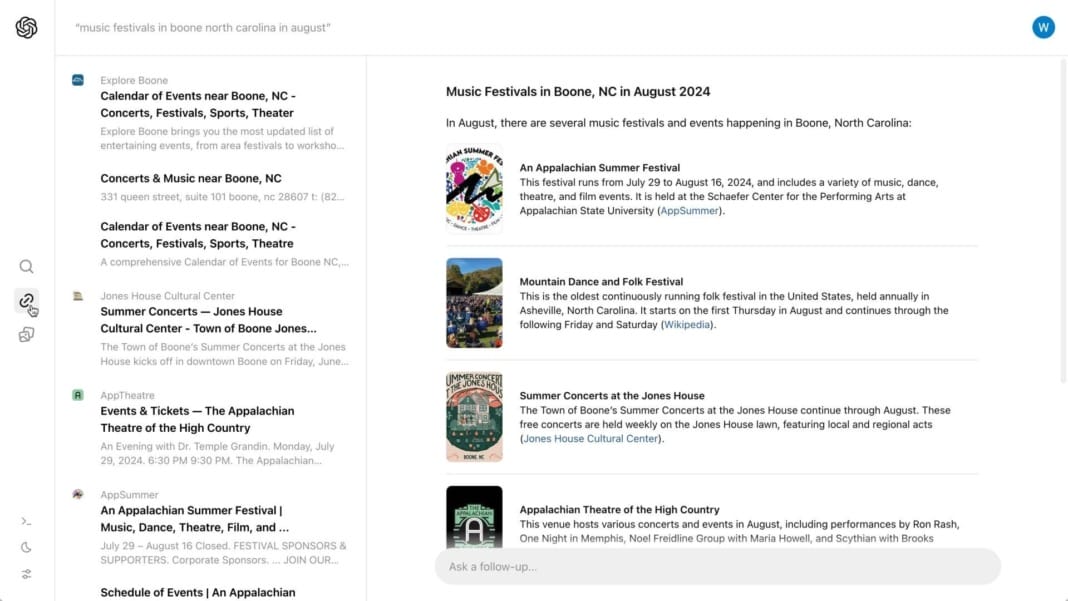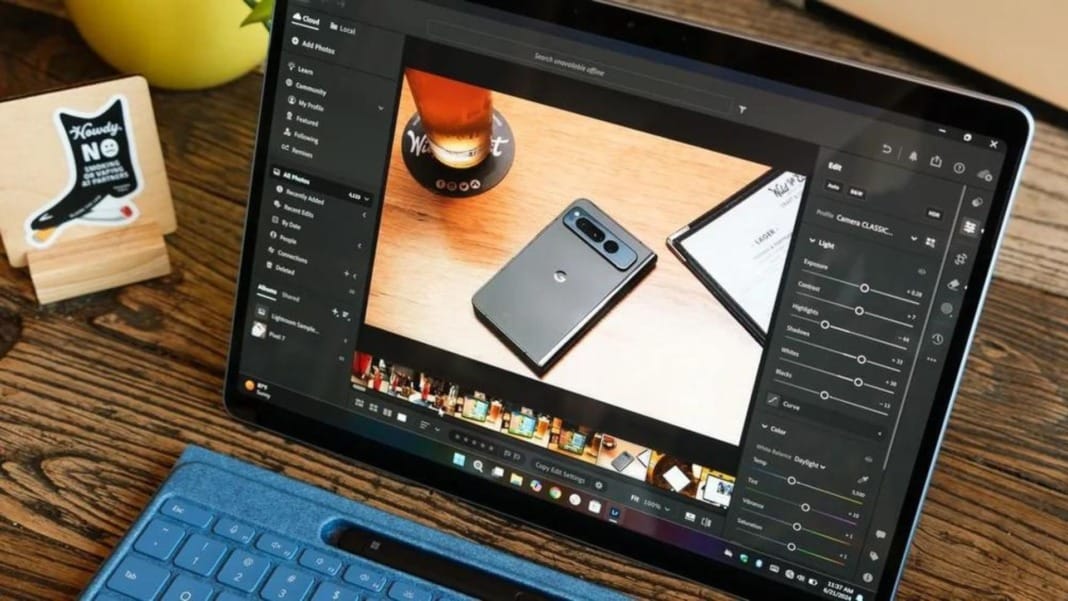Starting August 1, local mobile network operators will begin to phase out 3G, the third-generation wireless technology that helped usher in the era of modern smartphones.
M1 will be the first to retire its entire 3G network, as all its 3G customers have already switched to 4G or 5G services. The Infocomm Media Development Authority (IMDA) said in a statement on July 24 that Singtel and StarHub will give their remaining 3G subscribers more time to migrate, with plans to discontinue the network in November.
What happens when the 3G network shuts down?
When the network is shut down, those still using 3G devices will no longer receive voice, messaging, or data services. This progress update follows the network operators’ July 2023 announcement to retire 3G networks. IMDA required operators to ensure a smooth migration for those using 3G to 4G or 5G networks and allowed the service to be shut down after July 31.
3G networks introduced more than two decades ago enabled widespread mobile internet browsing and transformed smartphones like the iPhone 3G and early Samsung Galaxy S devices into mini-computers.
IMDA reported that fewer than 0.1% of mobile subscribers in Singapore, or less than 9,000 lines as of June, are still on 3G. Its discontinuation will help telecom companies focus on investing in 5G networks to support digital transformation plans for enterprises.
The rise of 5G and its impact
5G is the latest standard in cellular networks, offering high-quality streaming and support for data-intensive apps. Subscriptions for 5G have increased since its introduction in 2022, accounting for 20% of subscribers, and are expected to grow further.
Network operators must provide a range of 4G and 5G service plans at different price points and mobile phone options to assist 3G users in making the switch. The firms have provided dedicated assistance to vulnerable groups, such as senior subscribers, and have delivered SIM cards to those with mobility issues.
Since February, IMDA has also stopped importing and selling 3G mobile devices in Singapore to prevent further proliferation in the market. Retailers and service providers that use 3G connectivity, such as car manufacturers and fleet management service providers, were also informed of the planned retirement of 3G networks.
Assisting customers with the transition
M1, Singtel, and StarHub have stated that they are helping those still reliant on 3G services to fully move to next-generation networks through calls, messages, and in-person outreach. This move will enhance 5G services, offering better speeds, security, and applications.
M1 reported that all its customers have subscribed to 4G or 5G networks as of July 24, although a small percentage still use 3G handsets and are encouraged to move to the latest networks.
Singtel’s Deputy Chief Executive, Anna Yip, stated on July 24 that they would retire their 3G network progressively from November to give many customers more time to switch over. She assured post-paid customers that they could stay on their existing price plans and receive a free 5G SIM card if they were concerned about costs.
Customers who have received notifications about the 3G closure are advised to call 1688 to discuss their device options. Singtel has reached out to customers, especially seniors and vulnerable groups, to help them navigate their new devices and ensure they can continue using essential apps for their daily activities.
StarHub has encouraged its users to upgrade to a 4G-compatible device promptly to avoid service disruptions when the network is retired in November.
To check if a device is still using 3G, users can look at the network status icon in the top right corner of the smartphone screen. Phones displaying a constant 3G or H+ symbol will likely need an upgrade.
In other countries, major carriers, including those in Australia and Europe, are also phasing out 3G networks. Most are scheduled to shut down before the end of 2024. The US and Malaysia have already completed the transition.





